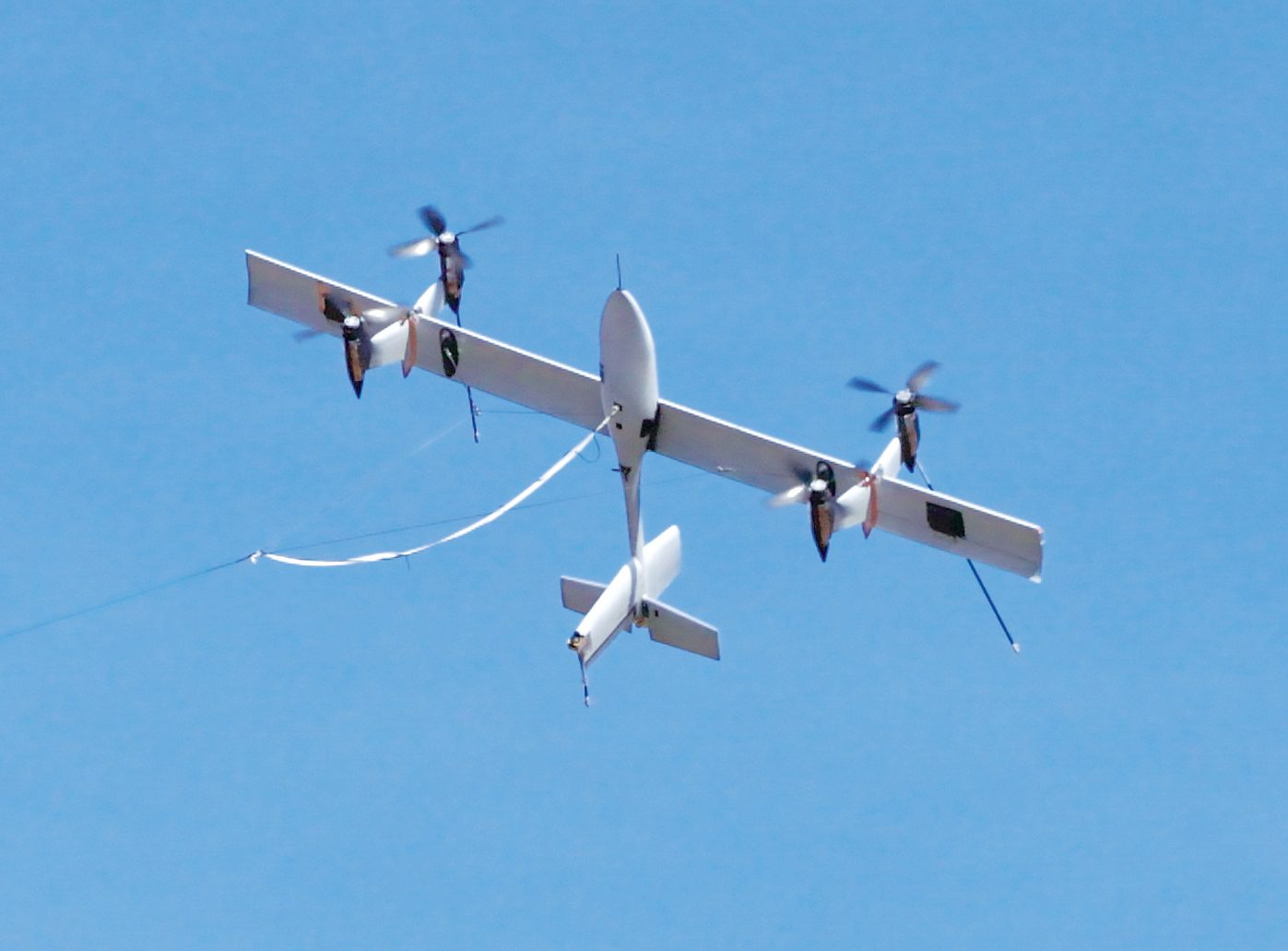Dronelife
1M
352

Image Credit: Dronelife
Windlift’s Tethered Drones: Generating Power from the Skies with DoD Support
- Windlift, a Durham-based start-up company is developing a system that employs a tethered-drone with a 12-foot wing span, capable of generating enough electricity to power an average size house by flying in a series of continuous figure 8 loops.
- Under a $30 million contract with the U.S. Department of Defense, Windlift is conducting test flights at two airfields in North Carolina.
- Although the company’s current focus is on perfecting the development of energy-producing light-weight tethered drones, Windlift founder and CEO Rob Creighton had a different vision for taming the wind when he launched the company in 2006.
- The drones the company employs are made of lightweight but strong carbon-fiber materials.
- In one segment of the pattern, the rotors have to work to provide thrust, pushing the aircraft forward.
- Under the DOD contract, a single 12-foot-wingspan drone is designed to be part of a 3-kilowatt rated system to be used as a portable source of power generation for forward operating positions.
- Windlift is designing a 75-kilowatt system that will employ drones with a 40-foot wingspan and which will be useful in commercial power-generating applications.
- The company has been looking at the feasibility of partnering with microgrid companies to use the larger drones to supplement solar arrays to supply power for agricultural applications.
- Windlift expects the per-unit price to drop once the company begins commercial production of its products.
- On a per-kilowatt basis, Windlift’s technology will be able to produce electricity at a rate that’s much cheaper than a wind turbine, because its construction would involve about 90% less material.
Read Full Article
21 Likes
For uninterrupted reading, download the app